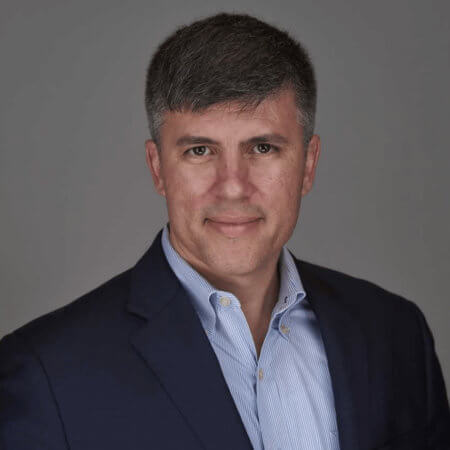As another busy year draws closer to an end it is time to reflect on the challenges and successes of the year. It is also time to start thinking about planning and to begin sharpening the ax for next year. As BSA officers, we have continuous expectations placed on us to be knowledgeable in all aspects pertaining to Bank Secrecy Act/Anti-Money Laundering (BSA/AML) compliance.
Given the time constraints of our day-to-day operational responsibilities, we need to be selective in how we use any spare time to improve our BSA/AML programs and/or enhance our industry knowledge. I would recommend focusing your precious time in 2020 on the following four categories for professional development and enhancing your financial institution’s BSA/AML program:
- Continuing education
- Communication
- Assessing institutional risk
- Sustainability of the BSA/AML program







